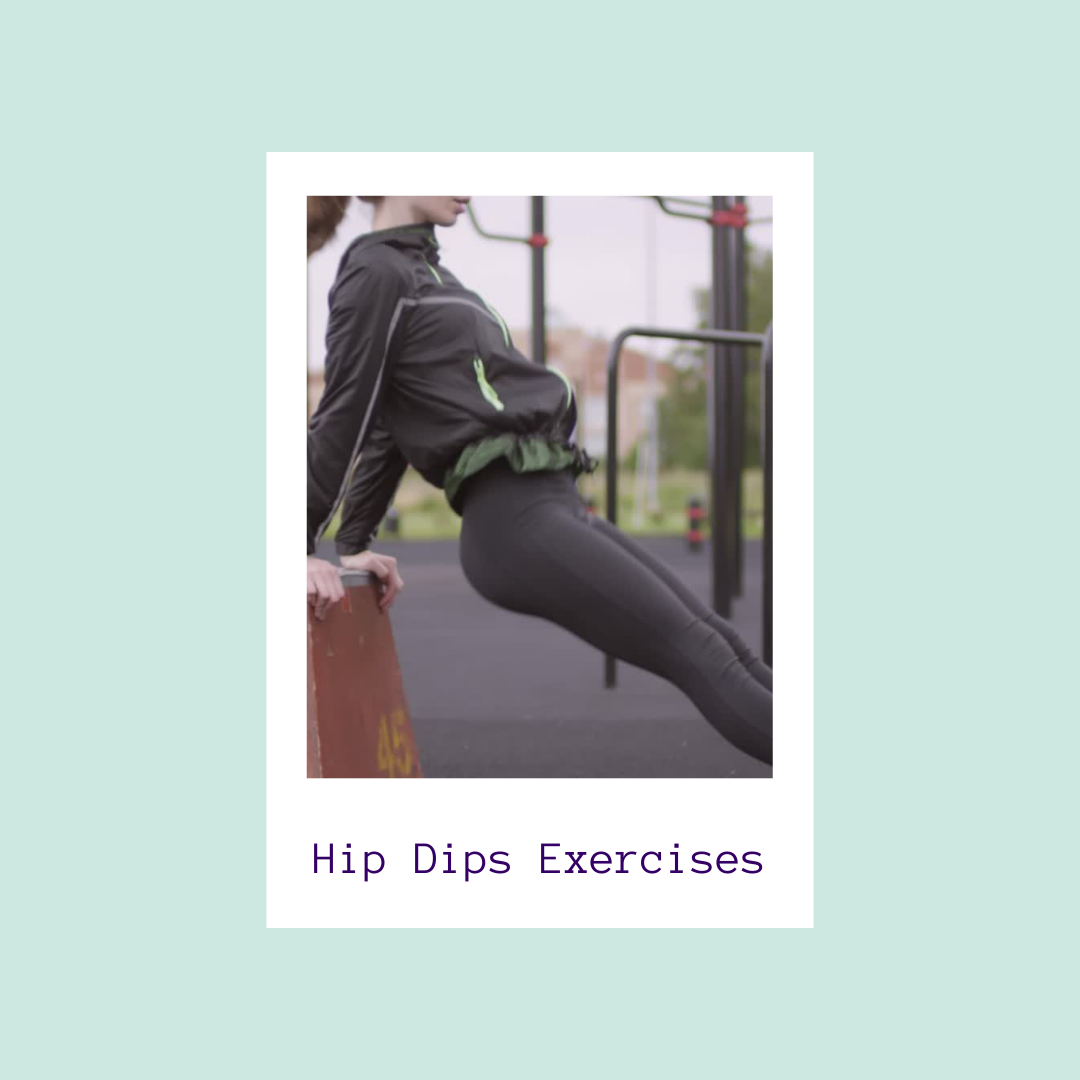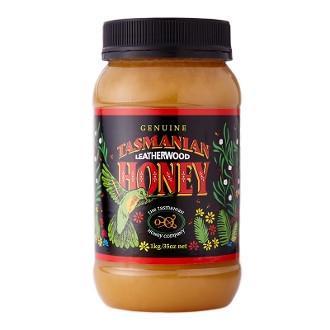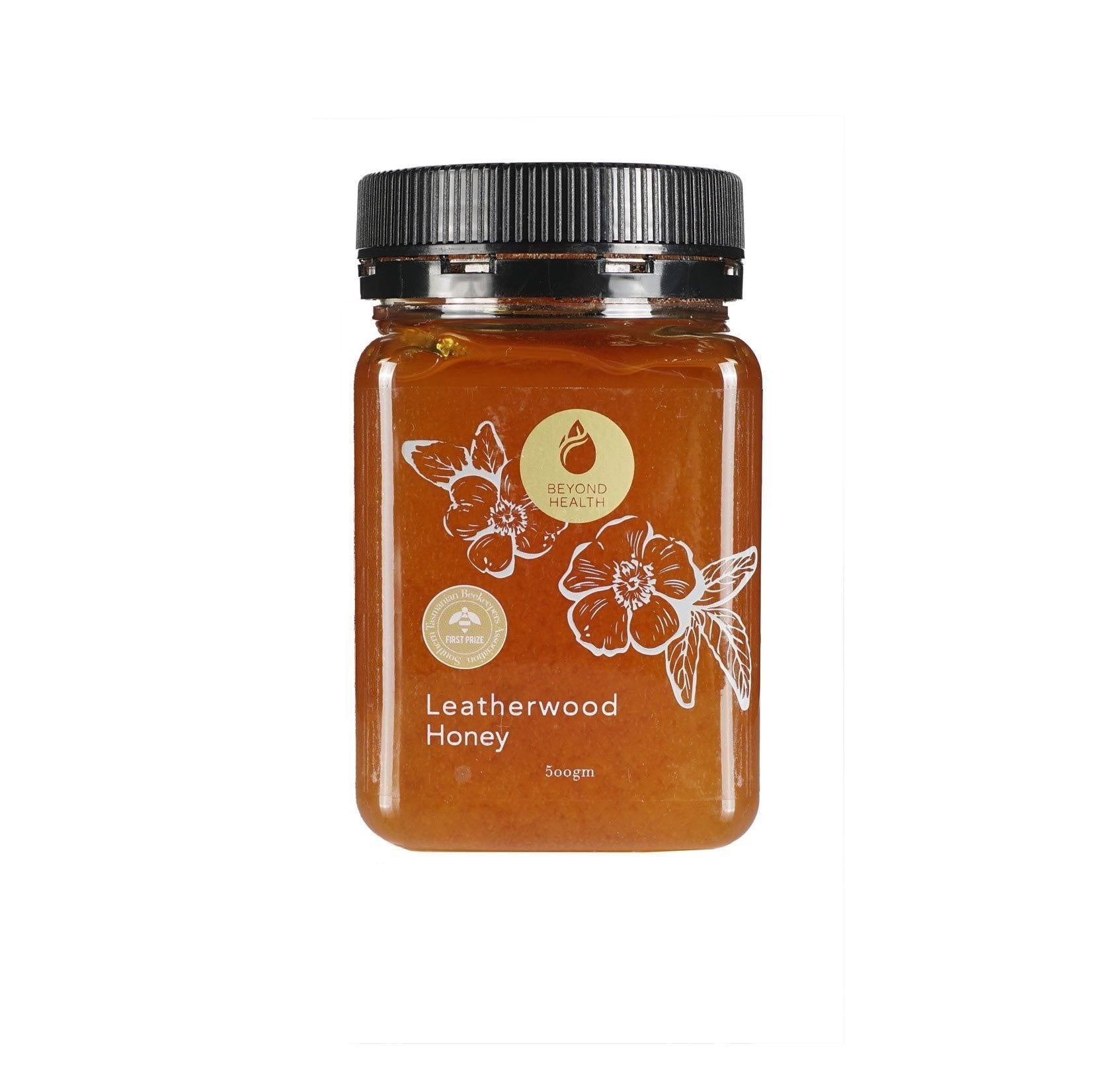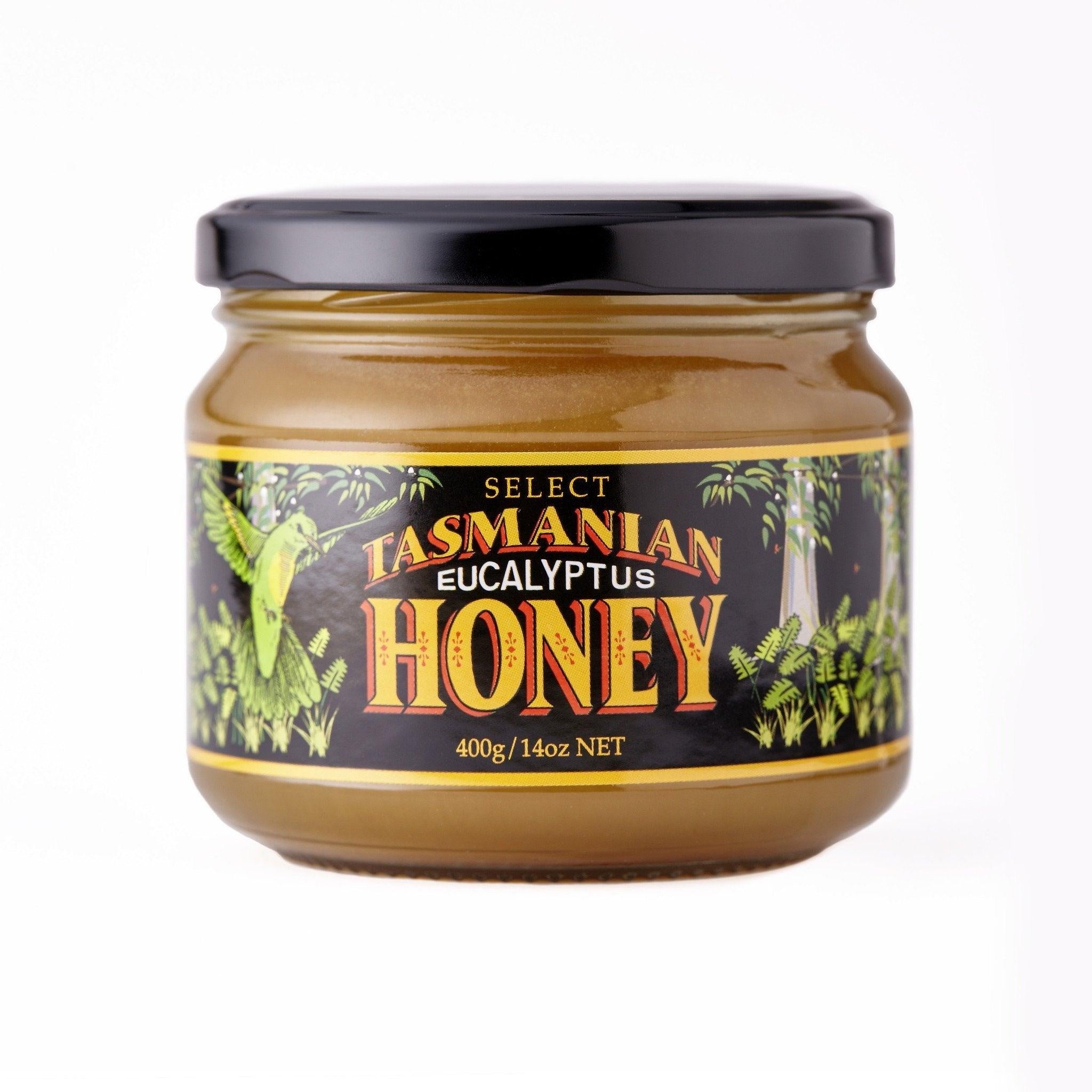Your shopping bag is empty
Hip Dips Exercises
- Posted by: Enquiry Admin
- Comments: 0
- Categories: Fitness
- Tags:
- Hip Dips Exercises
Hip dips, the natural indentations that occur on the sides of the body where the hips meet the thighs, are a characteristic feature of many individuals. While they are entirely natural, some people seek exercises to enhance muscle tone and define this area. Therefore, we will explore a variety of hip dips exercises designed to help you tone and strengthen your hips. Also, we'll also discuss the importance of whole foods, proper hydration, and ideal nutrition in achieving your fitness goals.
Understanding Hip Dips Exercises: Building Curves, Boosting Confidence
Exploring Hip Dips Exercises: Shaping Your Silhouette
Hip dips exercises are specifically targeted workouts designed to engage the muscles around your hips, enhancing muscle tone and definition in this area. These exercises not only help you achieve a curvier appearance but also contribute to overall body strength and stability.
-
Side Leg Raises: Lie on your side, supporting your upper body with your elbow and forearm. Next, lift your top leg as high as possible without rotating your hips. Lower it back down without letting it touch your bottom leg. Then, repeat on both sides to target the hip dip area.
-
Curtsy Lunges: Stand with your feet hip-width apart. Step your left foot behind you and to the right, bending both knees into a curtsy position. Return to the starting position and switch sides. Curtsy lunges engage the outer hips and thighs, helping to define the hip dip area.
-
Standing Side Crunches: Stand with your feet hip-width apart and your hands behind your head. Lift your left knee toward your left elbow while bringing your left elbow down to meet it. Return to the starting position and switch sides. In fact, this exercise engages your oblique muscles, creating definition around the hips.
-
Banded Hip Abductions: Place a resistance band around your thighs, just above your knees. Then, stand with your feet hip-width apart and push your knees outward against the resistance of the band. This exercise targets the outer hip muscles, helping to minimize the appearance of hip dips.
-
Bridge Pose Variations: Lie on your back with your knees bent and feet flat on the ground. Lift your hips toward the ceiling in a bridge pose. To target the hip dip area, perform single-leg bridges by extending one leg straight in the air while keeping the other foot on the ground. Lastly, alternate between legs to engage both sides
Hip Flexor Exercises
Strengthening and stretching the hip flexors is crucial for maintaining flexibility, mobility, and overall lower body function. Several effective exercises target these muscles, aiding in improving hip flexibility and reducing the risk of injury. One beneficial exercise is the "Standing Hip Flexor Stretch." Begin by standing tall, taking a step back with one foot, and lowering your hips until you feel a stretch in the front of your hip. Hold the stretch for 20-30 seconds and switch sides. This exercise helps lengthen the hip flexors, particularly the psoas muscle, which can become tight due to prolonged sitting.
Another effective hip flexor exercise is the "Lying Hip Flexor Stretch." Lie on your back with one knee bent and the other leg straight. Slowly pull the straight leg towards your chest until you feel a stretch in the hip flexors. Hold this position for 20-30 seconds and then switch sides. This exercise targets the hip flexors and can be adjusted in intensity by altering the angle of the bent knee or by using a towel or strap to aid in the stretch.
Moreover, exercises like "Leg Raises" can help strengthen the hip flexor muscles. While lying on your back, keep one leg straight on the ground and raise the other leg towards the ceiling, maintaining control and avoiding arching the back. Lower the leg back down without touching the ground and repeat for the desired number of repetitions. This exercise engages the hip flexors, promoting strength and stability in the muscles surrounding the hips. Incorporating these hip flexor exercises into a regular workout routine can help maintain hip flexibility, reduce tightness, and contribute to better overall lower body function and mobility.
Fueling Your Fitness Journey: Whole Foods, Proper Hydration, and Ideal Nutrition
Whole Foods: Nourishing Your Body from Within
Whole foods, including fruits, vegetables, whole grains, lean proteins, and healthy fats, provide essential nutrients that support overall health and muscle development. Incorporating a variety of whole foods into your diet ensures you receive a balanced mix of vitamins, minerals, and antioxidants, promoting optimal functioning of your muscles and joints.
Proper Hydration: Hydrating Your Body for Performance
Proper hydration is fundamental to any fitness regimen. Water is essential for lubricating joints, regulating body temperature, and transporting nutrients to cells. Staying adequately hydrated supports muscle recovery and helps prevent cramps, ensuring you can perform hip dips exercises with ease and efficiency.
Ideal Nutrition: Customizing Your Diet for Fitness Goals
Ideal nutrition involves tailoring your diet to meet your specific fitness goals. Whether you aim to lose body fat or build muscle mass, understanding your nutritional needs is crucial. Consult a registered dietitian or nutritionist to create a personalized meal plan that aligns with your hip dips exercises routine. They can help you strike the right balance of carbohydrates, proteins, and fats, ensuring you have the energy and nutrients needed to achieve your desired results.
Conclusion: Hip Dips Exercises
In conclusion, hip dips exercises offer a targeted approach to toning and defining the hip dip area, enhancing both strength and confidence. When combined with a balanced diet that includes whole foods, proper hydration, and ideal nutrition, these exercises can help you achieve your fitness goals effectively and sustainably.
Remember that everyone's body is unique, and embracing your natural curves is a celebration of your individuality. Fitness is not about conforming to a specific body shape but about feeling strong, healthy, and confident in your own skin. By incorporating hip dips exercises into your routine and nourishing your body with whole foods and proper hydration, you're not just sculpting your physique; you're embracing your strength and vitality, empowering yourself to be the best version of you.







